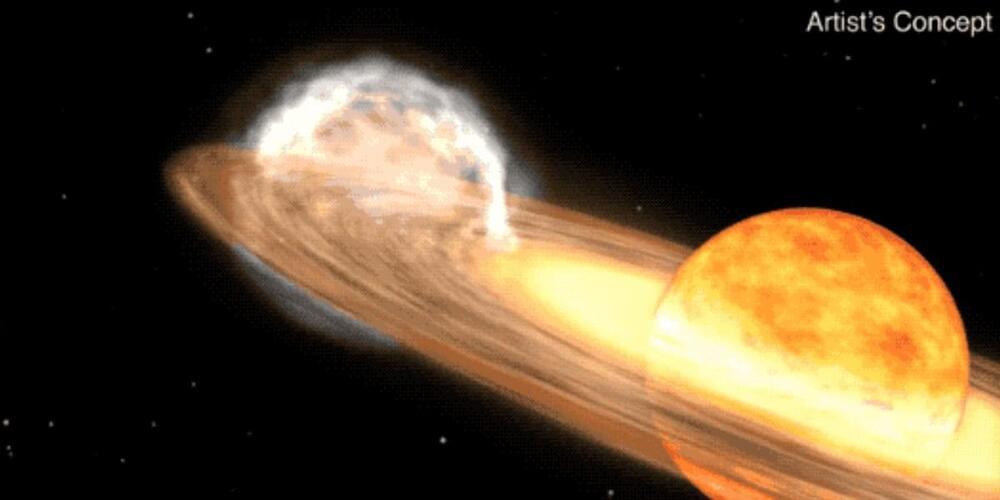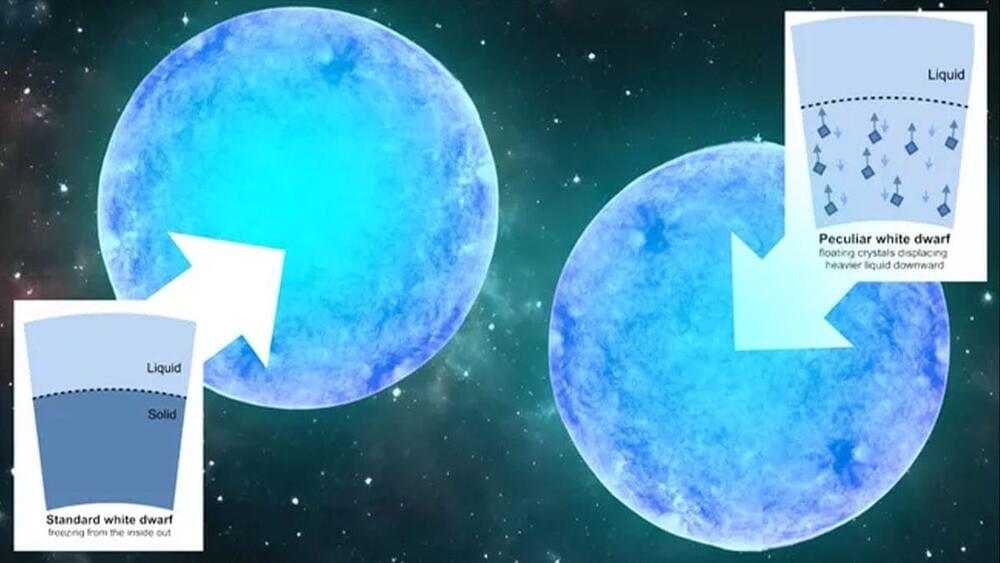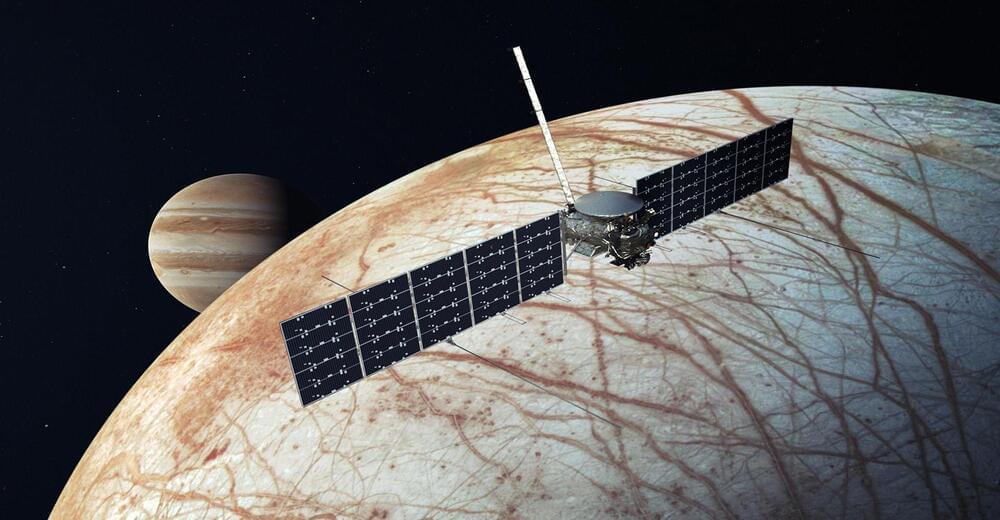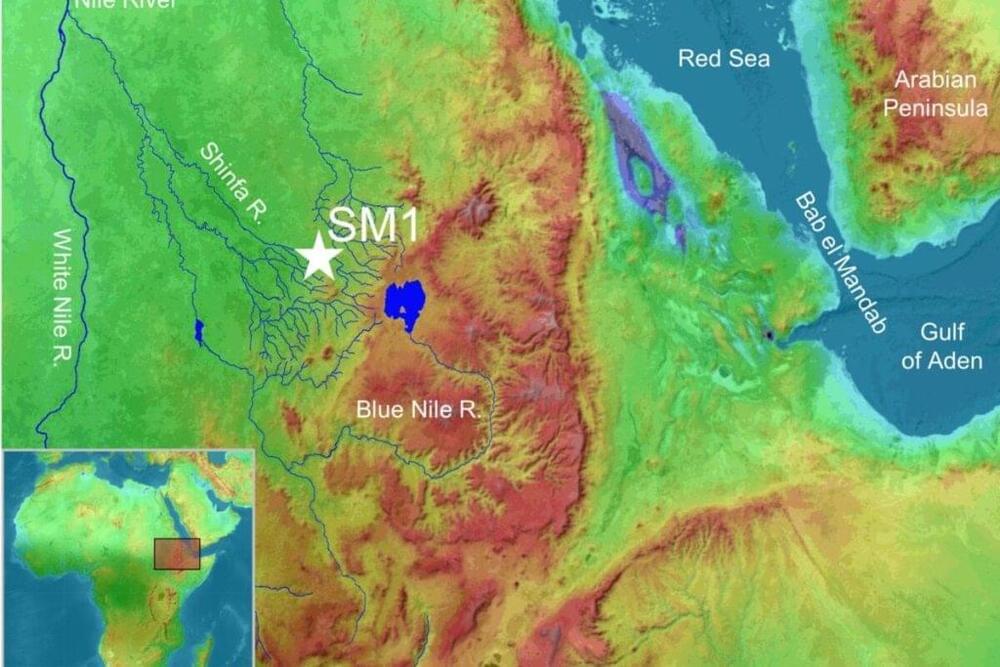When neurons strengthen their synapses, they “infect” surrounding cells with a virus-like protein to weaken those cells’ excitatory connections, according to a new preprint.
This video explores the future of Mars colonization and terraforming from 2030 to 3000. Watch this next video about the 10 stages of AI: • The 10 Stages of Artificial Intelligence.
🎁 5 Free ChatGPT Prompts To Become a Superhuman: https://bit.ly/3Oka9FM
🤖 AI for Business Leaders (Udacity Program): https://bit.ly/3Qjxkmu.
☕ My Patreon: / futurebusinesstech.
➡️ Official Discord Server: / discord.
SOURCES:
• https://scitechdaily.com/mars-settlem…
• https://www.news18.com/news/buzz/elon…
• https://2050.earth/predictions/a-sust…
• https://www.businessinsider.com/elon–…
• https://www.inverse.com/innovation/sp…
• https://www.inverse.com/article/54358…
• https://futurism.com/the-byte/elon-mu…
• https://www.lpi.usra.edu/V2050/presen…
• https://www.mars-one.com.
• https://en.wikipedia.org/wiki/Coloniz…
• https://www.nationalgeographic.org/hi…
• https://www.spacex.com/human-spacefli…
• https://ntrs.nasa.gov/api/citations/2…
• https://www.space.com/how-feed-one-mi…
• https://www.usatoday.com/in-depth/new…
• https://futuretimeline.net/
• https://eatlikeamartian.org/
• / realistically_speaking_when_do_you_think_w…
• https://www.astronomy.com/space-explo…
Official Discord Server: / discord.
💡 On this channel, I explain the following concepts:
What to watch for
Those hoping to see the nova display should look for the constellation Corona Borealis, or “Northern Crown,” a small arc near the Bootes and Hercules constellations, NASA says.
“This is where the outburst will appear as a ‘new’ bright star,” it adds.
Stellantis’ CEO less-than-subtly hinted that Tesla’s price cuts were a major problem for all automakers.
Can you imagine going back in time to visit a lost loved one? This heartwrenching desire is what propelled astrophysicist Professor Ron Mallett on a lifelong quest to build a time machine. After years of research, Professor Mallett claims to have finally developed the revolutionary equation for time travel.
The idea of bending time to our will – revisiting the past, altering history, or glimpsing into the future – has been a staple of science fiction for over a century. But could it move from fantasy to reality?
Professor Mallett’s obsession with time travel and its equation has its roots in a shattering childhood experience. When he was just ten years old, his father, a television repairman who fostered his son’s love of science, tragically passed away from a heart attack.
Recent observations show that some white dwarf stars suddenly stop cooling. Now, scientists propose a ‘fountian of youth’ mechanism that may explain how these stellar husks avoid death for billions of years.
Scientists have verified that a method to look for cellular life on Europa, an ice-covered moon of Jupiter, just might work. The technique could be put to the test in the 2030s, when NASA’s Europa Clipper probe is due to make multiple flybys over the Jovian moon.
The technique involves analyzing grains of ice that scientists expect one of the instruments on Europa Clipper — known as the Surface Dust Analyzer, or SUDA — to pick up as it flies through plumes of frozen water rising up from Europa’s surface.
“It’s astonishing how the analysis of these tiny ice grains may tell us whether or not there is life on an icy moon. At least we now know that SUDA has these capabilities,” University of Washington planetary scientist Fabian Klenner told GeekWire in an email. Klenner is the lead author of a research paper about the process, published today in the open-access journal Science Advances.
A University of Alberta researcher may have just invented a feature that will make homes more affordable and energy-efficient.
Researchers working in the Horn of Africa, also known as the Somali Peninsula have uncovered evidence showing how Middle Stone Age humans survived in the wake of the eruption of Toba, one of the largest supervolcanoes in history, some 74,000 years ago.
Modern humans dispersed from Africa multiple times, but the event that led to global expansion occurred less than 100,000 years ago. Some researchers hypothesize that dispersals were restricted to “green corridors” formed during humid intervals when food was abundant and human populations expanded in lockstep with their environments.
But a new study in Nature led by scientists at The University of Texas at Austin suggests that humans also may have dispersed during arid intervals along “blue highways” created by seasonal rivers. Researchers also found stone tools that represent the oldest evidence of archery.









